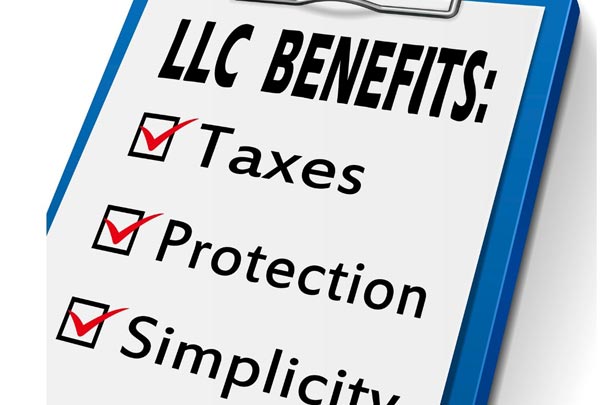Difference between LLC shareholder or member
The main difference between a shareholder of a corporation and a member of a Limited Liability Company (LLC) is often overlooked. The shares a shareholder of a corporation owns are vulnerable to claims of his judgment creditors. In most small businesses, this vulnerability allows creditors to take control of the business or even liquidate the business’ assets in order to satisfy their judgments.
The membership interests of an LLC have more protection. In both the U.S. and offshore jurisdictions with U.S. style LLC acts, a creditor of a partner in a partnership or a member of an LLC is entitled only to the charging order rather than being entitled to execute directly against partnership assets. What a charging order does is that it gives a creditor the right to receive any distribution that the owner of the interest would have received. A charging order is just a court document directing the managers of the LLC to divert distributions that would go from the debtor member to the creditor until the judgment is paid.
You may think that the charging order isn’t much protection. But, the economic rights to distributions are all the creditors will get. The creditor does not get management and voting rights that go along with the LLC membership interest, and the LLC’s managers determine if and when distributions are made. In some situations, distributions will not be made while, in others, distributions will be significantly delayed. A few tax professionals have the belief that the creditor can be taxed on the debtor member’s income regardless of whether or not the creditor receives any distributions with respect to the charging order. Although this belief is questionable, the uncertainty in this error can make a creditor who contemplates a charging order a little nervous about potential taxes. In fact, an LLC operating agreement could be drafted in such a way to cause a creditor with a charging order to be liable for taxes.
Therefore, the charging order is an unattractive remedy to most creditors. As a result, the prospect of a charging order may convince a creditor in a more reasonable settlement than might otherwise be possible. Shareholders of a corporation have little such leverage. Therefore, in addition to being a very important and useful business tool, an LLC can be an invaluable asset protection tool.
If you would like more information regarding asset protection, trusts, family limited partnerships or the subject of this article please call or email our office.

Limited Liability Company
-
LLC shareholder or member
- Why do we need LLC’s?
- The businesses that benefit from LLCs
- The basics of Limited Liability Companies (LLCs)
- Articles of Organization for Limited Liability Companies
- The advantages of Limited Liability Companies (LLCs)
- The differences between Limited Liability Companies/Limited Partnerships and Corporations
- LLC’s Part One – History
- LLC’s Part Two – Formation, Structure and Operating Agreement
- LLC’s Part Three – Membership Interests and Member Contributions
- LLC’s Part Four – Liability
- LLC’s Part Five – Records, Books and Taxation
- LLC’s Part Six – Centralized Management and Transferability of Interests
- LLC’s Part Seven – Continuity of Life, Withdrawal of Members and Dissolution
- Delaware Series Limited Liability Company
- Kentucky closes loopholes in limited liability companies
- Frequently asked questions about Limited Liability Companies (LLCs) – Part One
- Frequently asked questions about Limited Liability Companies (LLCs) – Part Two
- Frequently asked questions about Limited Liability Companies (LLCs) – Part Three
- Advantages of a Limited Liability Company
- Advantages of a Limited Liability Company (LLC) over a Limited Partnership
- Advantages of a Limited Liability Company (LLC) over an S Corporation
- Facts about Limited Liability Companies (LLCs)
- More frequently asked questions about Limited Liability Companies – Part One
- More frequently asked questions about Limited Liability Companies – Part Two
- More frequently asked questions about Limited Liability Companies – Part Three
- More frequently asked questions about Limited Liability Companies – Part Four
- More frequently asked questions about Limited Liability Companies – Part Five
newsletter signup
[forminator_form id=”1485″]

FIGHTING BACK!
